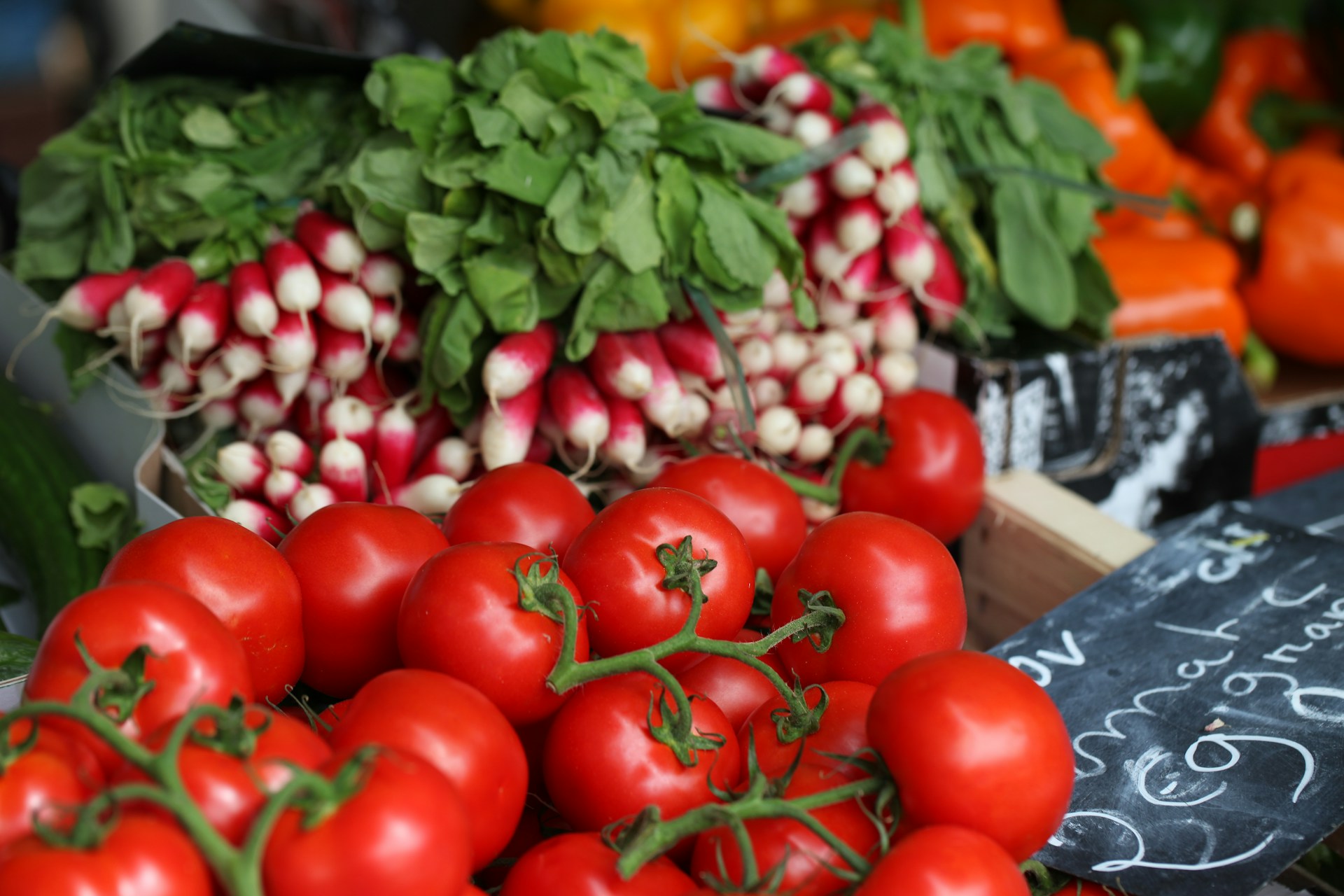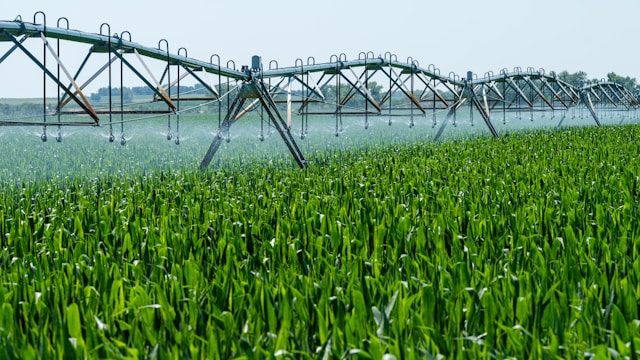As we delve deeper into the 21st century, considerations surrounding agricultural approaches have become increasingly critical.
A primary concern within this context rests with the farming practices of produce.
External influences such as regulatory measures, severely shape these practices and, subsequently, can determine the success or failure of the agricultural industry.
The policies enforced by governmental bodies globally can spur innovation or hinder progress in the agricultural sphere.
The necessity for understanding these policies, therefore, cannot be understated.
This article intends to illuminate the micro and macro effects of such regulations on produce farming practices.
Contents
Policies Impacting Produce Farming Practices
1. Organic Certification Standards
The organic certification standards in the United States have been established by the USDA National Organic Program (NOP).
These standards provide a set of agricultural practices to be adhered to by farmers who wish to label their products as organic.
Farmers who are committed to organic farming practices can apply for an organic certification from the USDA.
The application process involves a review of the farm’s production methods, including the types of seeds used, soil management practices, and pest control methods.
Only farms that meet the NOP’s stringent organic production standards and pass the inspection process are granted the USDA organic certification.
The organic farming practices must be in place for a minimum of three years before certification can be achieved.
The organic certification standards also include strict regulations on livestock management, mandating that animals are raised in a manner that maintains their natural behavior and ensures their well-being.
Products labeled as organic should also be free from genetically modified organisms (GMOs), synthetic fertilizers, and certain types of pesticides.
The NOP also requires the use of organic seeds whenever possible.
The organic certification process is conducted by accredited certifying agents, who carry out annual inspections of organic operations.
If a violation is detected during an inspection, the operation can lose its organic certification and face civil penalties.
Farmers with organic certification can increase the market value of their products as they are eligible to use the USDA organic seal.
This certification not only validates the farmer’s commitment to sustainable agricultural practices but it also boosts consumers’ confidence in the integrity of the organic claim.
There is a growing demand for organic products and this certification helps farmers to target a profitable market segment, increasing farm incomes and enhancing the overall sustainability of the farming operation.
However, the stringent standards and the rigorous inspection process make obtaining an organic certification a difficult and costly process, which can be a barrier for many small farmers.
The decision to pursue organic certification is a strategic one that requires careful planning, investment and a commitment to sustainable farming practices.
2. Pesticide Usage Regulations
The regulations for pesticide use in agriculture are complex and vary depending on the jurisdiction.
Typically, legislation regarding pesticide usage in produce farming is guided by overarching concerns for environmental impact, public health, and efficiency in pest management.
Many countries have strict rules on which pesticides can be used, in what quantities, and under what circumstances.
Extensive testing and review processes are often in place to ensure the safety and efficacy of these chemicals before they are granted regulatory approval.
Incorrect or excessive use of pesticides can lead to significant fines and penalties for farmers.
Furthermore, the use of certain pesticides can prevent a farm’s produce from being classified as organic, also having financial implications.
Education and training on correct pesticide usage is often mandatory for farmers, in order to prevent negative health and environmental outcomes.
In many cases, farmers must also keep detailed records of their pesticide use to demonstrate compliance with regulations.
While some pesticides are restricted for use only by licensed professionals, others are available for over-the-counter sale and can be used by anyone.
Changes to the regulatory landscape can also impact existing farming practices, leading to the discontinuation or introduction of certain pesticides.
The introduction of new regulations can sometimes be a contentious issue in the agriculture sector, particularly if they are perceived to impact productivity or operational costs.
Many farmers, however, see the adoption of responsible pesticide management practices as a way of ensuring the sustainability and long-term viability of their operations.
Farmer advocacy groups often play a large role in shaping pesticide regulations, lobbying for changes that will benefit their members while also safeguarding public and environmental health.
Global trade agreements can also play a role in shaping pesticide regulations, with many countries adopting similar rules to facilitate easier sales between nations.
In the future, it is anticipated that the regulation of pesticide use in agricultural practices will continue to evolve to meet the changing needs and challenges of the sector.
3. Water Usage and Conservation Policies
Water is a crucial factor in the successful operations of a produce farming business.
Policies about its usage and conservation primarily govern its availability for farming practices.
Over the years, many countries have established regulations monitoring and controlling agricultural water use to prevent wastage and promote sustainability.
The need for these policies arise from the enormous volume of water required by the farming industry, making it one of the major consumers of fresh water worldwide.
Water conservation and management involves adhering to practices that regulate the volume and scheduling of water applied to crops, thus balancing the requirements of the produce with sustainable water use.
Many regional policies stipulate that farmers practice careful water management techniques including drip irrigation and use of devices that measure soil moisture content.
Farmers need to adhere to water usage boundaries set by the local governing bodies, and penalties for excessive use can be severe.
Furthermore, water conservation policies also encompass regulations regarding the quality of water used in farming operations.
For instance, policies often disallow the use of untreated waste water, or water sourced from contaminated bodies, essentially prioritizing public health and environmental protection.
In certain regions, the water policies also include provisions for water recycling and the use of greywater for irrigation to promote water conservation.
In cases where water sources are shared, there are policies in place to avoid conflicts and ensure equal distribution.
Moreover, water conservation policies also take into account the potential impacts of climate change on water availability for farming.
Several bodies at the globe, national, and regional levels are involved in formulating and enforcing these policies, which are continually adjusted in response to changing conditions.
Lastly, water conservation policies encourage education and awareness programs to help farmers understand the importance of water conservation and ways to apply water-efficient methods in their farming practices.
With these guidelines in place, farming practices can adapt to using water sustainably, thus helping to ensure the longevity of this precious resource for future generations.
4. Subsidy and Taxation Policies
One of the key factors influencing produce farming practices are the various subsidies provided by the government.
Many countries have established policies to financially support their local farmers and promote domestic agro-industries.
These subsidy policies can hugely impact the way farming is done, affecting its profitability, sustainability, and environmental consequences.
The economic support through subsidies often encourages certain types of farming practices over others.
For example, considerable subsidies are provided for conventional farming which can cause organic farming to be less profitable in comparison.
On the other hand, government incentives can also enhance the cost-effectiveness of more sustainable farming practices.
For instance, tax breaks or grants could be given to those who adopt water-saving techniques or reduce pesticide usage.
This subsequently encourages farmers to lean towards more environmentally friendly practices in order to take advantage of these financial benefits.
The removal of harmful subsidies is also an important aspect of creating a more sustainable agricultural sector.
While these policies encourage high production, they often do so at the expense of environmental regulations and sustainablility.
Therefore, policy reform is often needed to address distortions in the agricultural market that arise from these subsidies.
Policy changes could include the introduction of green subsidies that specifically target environmentally friendly practices.
It could also involve changes in taxation policies where those who engage in practices harmful to the environment are taxed more heavily.
This could discourage such practices and encourage a shift towards more eco-friendly farming methods.
Moreover, there is a need for more research and policy development to ensure that the implications of these subsidies and taxation policies are properly understood and managed.
Ultimately, subsidy and taxation policies play a crucial role in shaping the sustainability and success of diverse farming practices.
.5. Land Use and Zoning Laws
Land use and zoning laws play a significant role in shaping the practices and strategies of produce farming.
These regulations largely dictate where farms can be located, how much land can be used for agricultural activities, and what types of crops can be grown.
Many jurisdictions impose strict rules about land conversion, not allowing agricultural land to be repurposed for residential, commercial, or industrial uses without government approval.
This is instrumental in preserving agricultural land and in preventing urban encroachment on rural farmland.
Furthermore, zoning laws may restrict certain types of farming activities in specified regions to prevent possible negative effects on local ecosystems or residential areas.
For instance, large-scale poultry, pig, or cattle farming might be barred in regions close to urban locales because of potential issues with odor, noise, or waste management.
Strict land use and zoning laws can also cover more overarching agricultural policies like crop rotation and diversified farming.
These practices are promoted to maintain soil health and fertility over the long term, prevent the spread of diseases among crops and livestock, and bolster natural pest control methods.
Policies that mandate organic or sustainable practices in certain areas are increasingly enacted to foster a more environmentally-friendly approach to agriculture.
Nonetheless, it’s important to note that strict land use policies can often pose a significant burden on small or medium scale farmers who may not have the resources to comply with all these regulations.
In many cases, these farmers might need to radically alter their farming methods, invest in new equipment, or even relocate their entire operation to adhere to these land use laws.
Farmers’ access to financial and technical support can make a significant difference in how well they can navigate these regulations and continue to sustainably grow their businesses.
Therefore, while land-use and zoning laws are established with the best of intentions, they can have unintended negative repercussions.
Taking into account the needs and capacities of farmers in crafting these laws – through open discussions, interviews, or surveys – can help policymakers strike a balance between the need for regulation and the challenges faced by farmers.
In essence, land use and zoning laws are a complex mosaic that can both benefit and impose challenges to produce farming practices, making their thoughtful consideration and implementation paramount.
Going forward, it will be intriguing to observe how these regulations evolve in response to new challenges and opportunities, such as climate change, the growth of urban agriculture, and advancements in farming technology.
The Bottom Line
Through this exploration of various laws and standards impacting sustainable farming, it is evident that a complex interplay of policies governs the practice.
Organic certification standards serve not only as a guide for farmers but also as an assurance to consumers about the food’s quality.
Regulations on pesticide usage, while ensuring crop safety, also safeguard the ecosystem.
Water usage policies emphasize the urgent need for conservation in farming practices, highlighting the shift towards sustainable methods.
Government-introduced subsidy and taxation policies directly influence the profitability and thereby, the prevalence of sustainable farming.
Lastly, zoning laws steer the physical aspect of farming, affecting where and how farming can take place.
Thus, it becomes apparent that effective sustainable farming hinges on a delicate balance of diverse policies and regulations, all aiming towards a common goal: promoting more environmentally friendly and ultimately, sustainable food production practices for the future.




